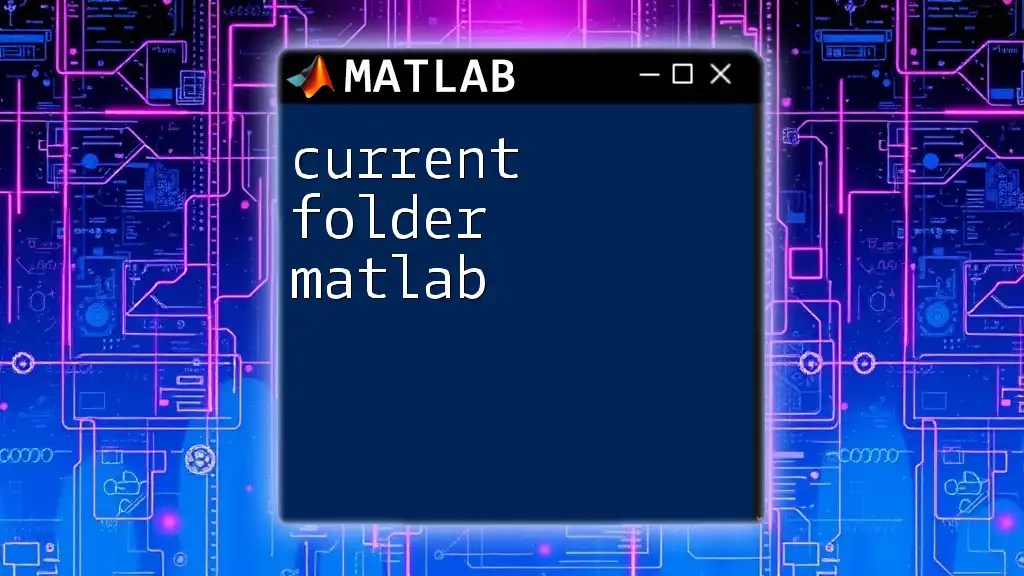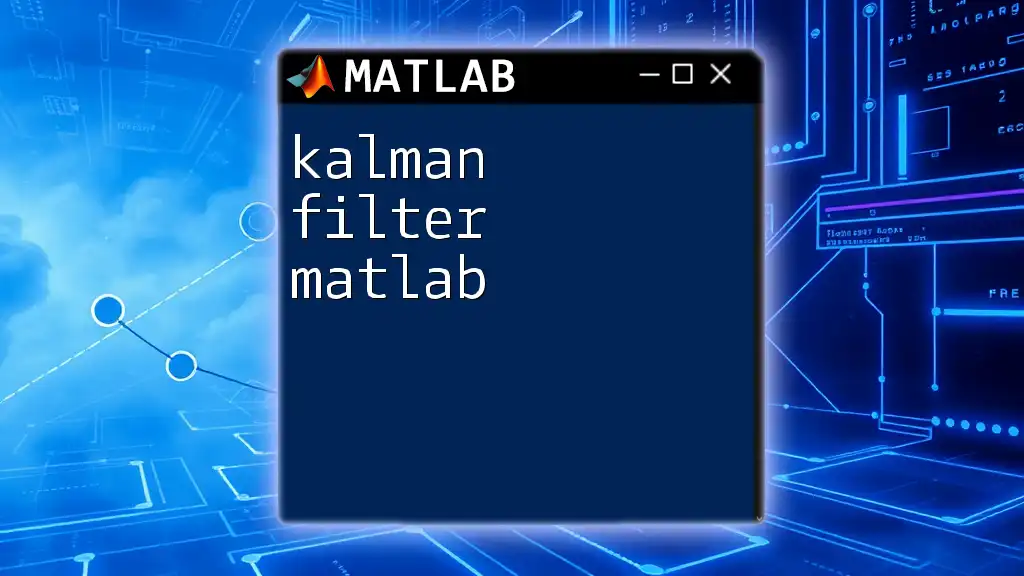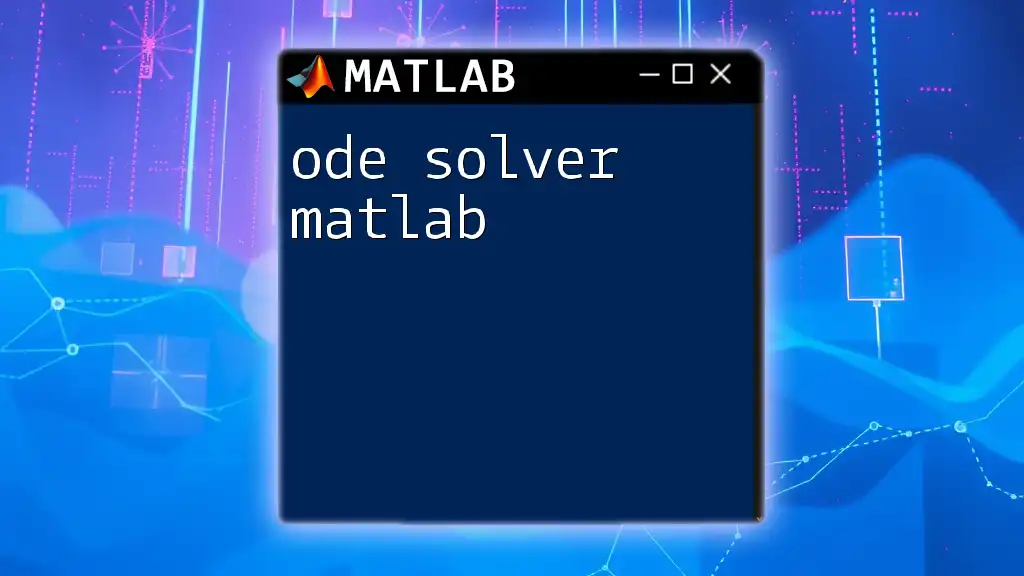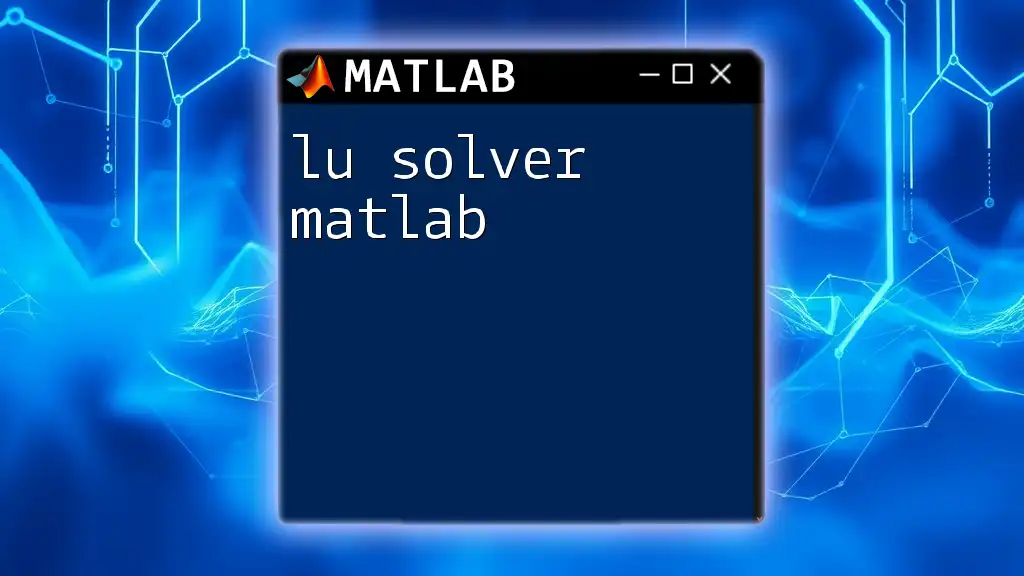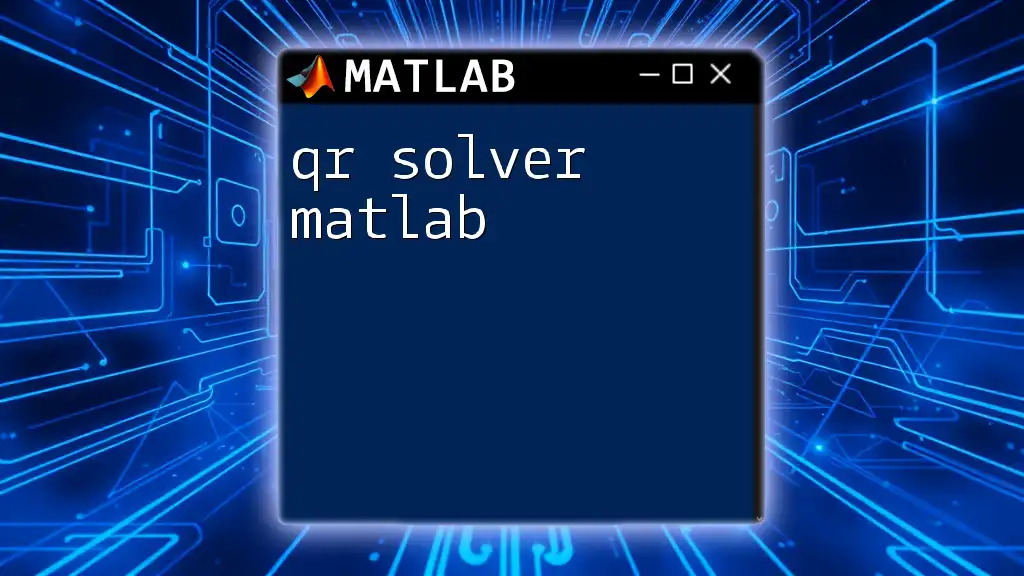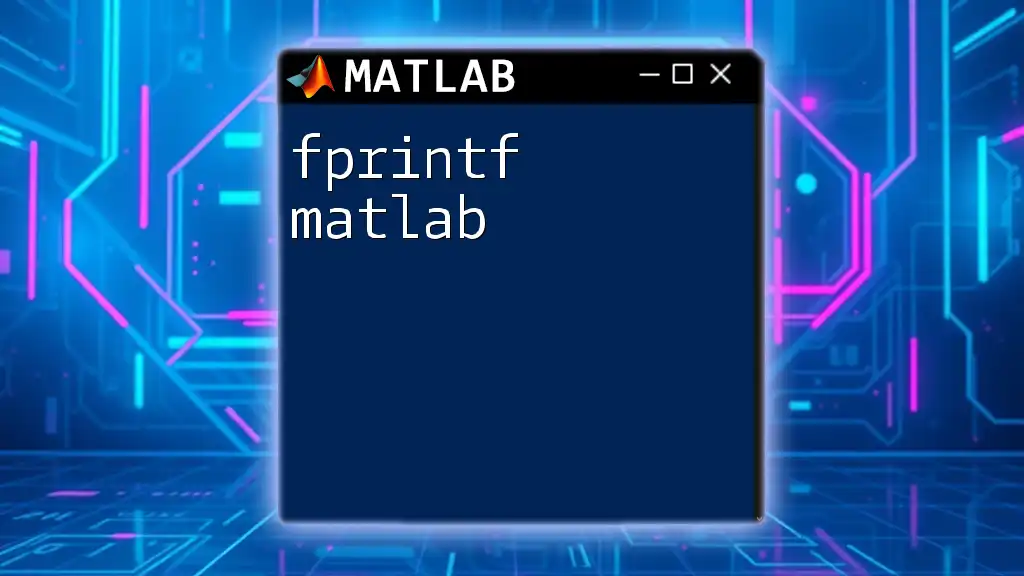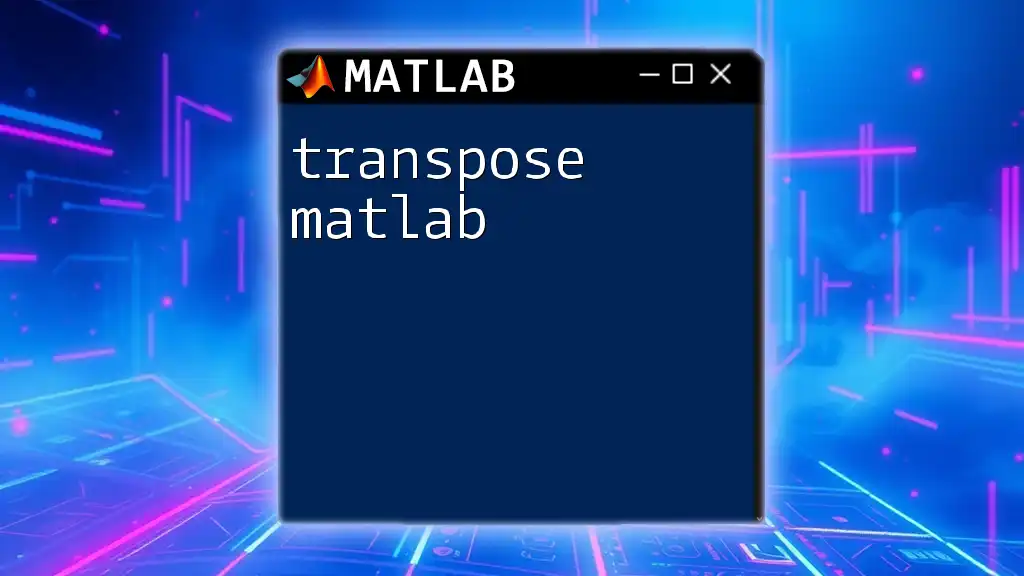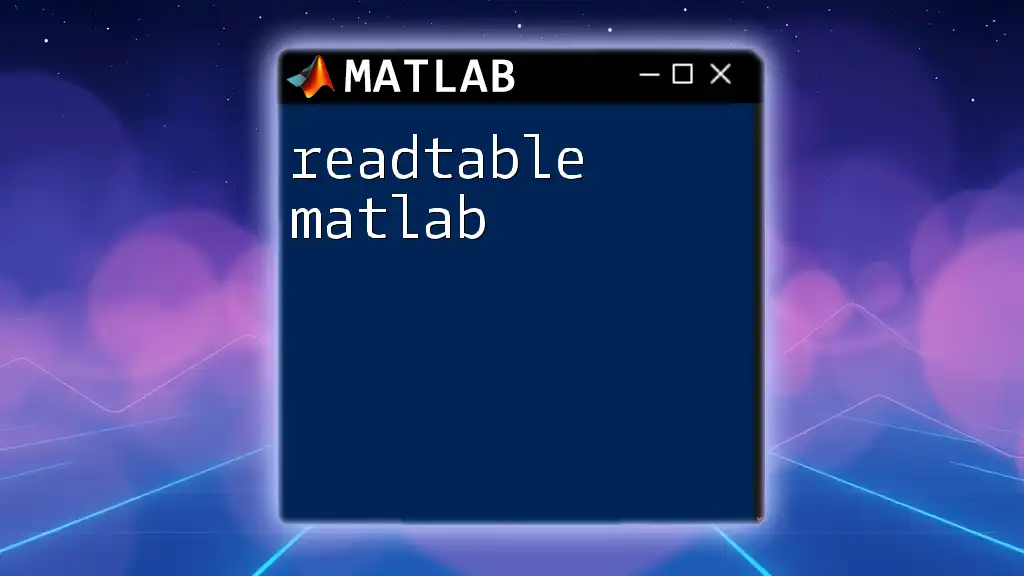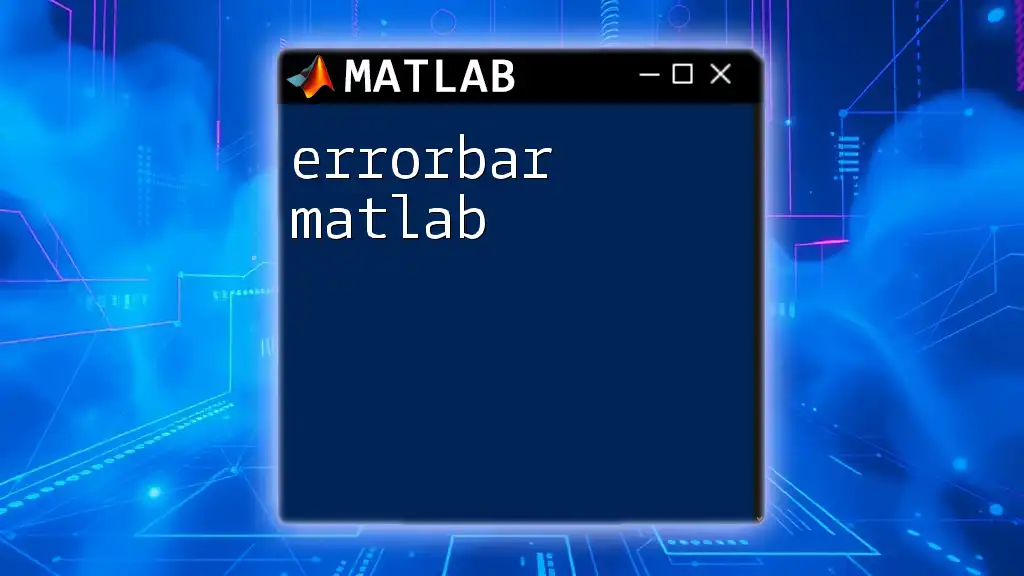The "current folder" in MATLAB refers to the directory where MATLAB saves and retrieves files, which can be managed using commands like `pwd` to get the current folder path and `cd` to change it.
% Get the current folder path
currentFolder = pwd;
% Change the current folder to a specified directory
cd('C:\Your\Specified\Path');
Understanding the Current Folder in MATLAB
What is the Current Folder?
The Current Folder in MATLAB is a crucial element of the MATLAB environment, allowing users to manage and access files and scripts efficiently. It serves as the default working directory where MATLAB looks for files to load, as well as where it saves new files. Understanding how to navigate and manipulate the Current Folder is essential for effective coding and project organization in MATLAB.
How to Identify the Current Folder
There are two primary ways to identify your current folder in MATLAB.
First, you can check it directly in the Command Window by simply typing the following command:
pwd
This command returns the path of the current directory, thereby giving you an understanding of where you are working.
Secondly, the MATLAB Desktop Interface provides a visual representation of the Current Folder. The Current Folder window displays all files and folders in your active directory, allowing for easy navigation and organization.
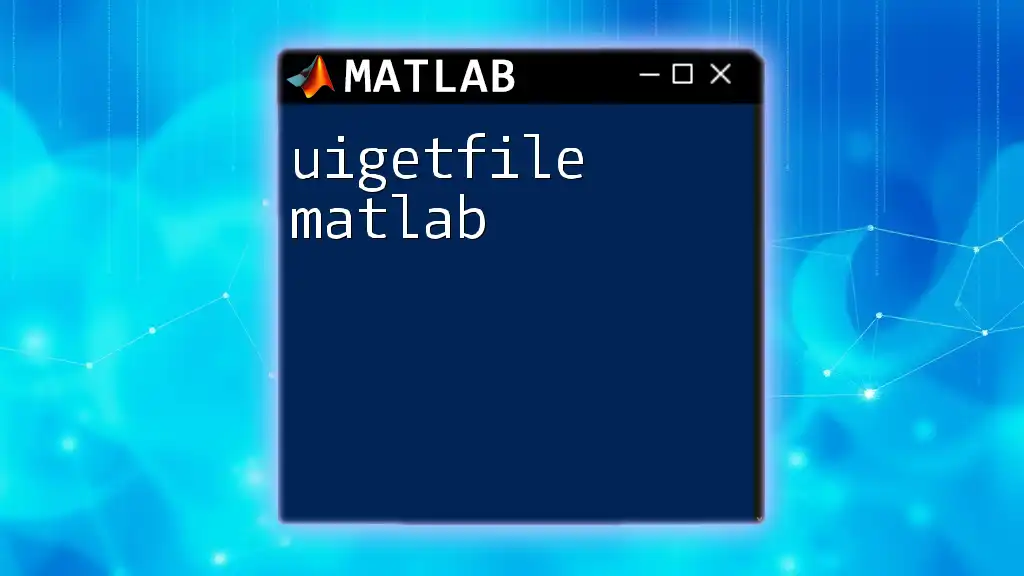
Navigating the Current Folder
Changing the Current Folder
Changing the Current Folder can be done in several ways:
-
Using the MATLAB Interface: In the Current Folder window, you can navigate through directories and select your desired folder by double-clicking on it.
-
Using Command Line Commands: The `cd` command, which stands for "change directory," allows users to change the current folder from the command line. For example, to change your current folder to `C:\Users\YourName\Documents\MATLAB`, you would use:
cd('C:\Users\YourName\Documents\MATLAB')
It's essential to develop a best practice for organizing folders to maintain an efficient workflow. Consider structuring your directories by project, date, or type of analysis. This will help keep your files accessible and organized.
Listing Files in the Current Folder
To view the contents of your Current Folder, use the `dir` command. This command lists all files and folders within the directory, giving you a quick overview of its contents. You can retrieve a list of the files by executing:
files = dir;
disp({files.name});
This command provides a clean list of filenames currently present in your Current Folder.
Creating and Deleting Folders
Managing your Current Folder efficiently involves creating and deleting subfolders as required:
- Creating a New Folder: You can easily create new directories using the `mkdir` command. For example, to create a folder called `NewFolderName`, use:
mkdir('NewFolderName')
- Deleting an Existing Folder: To remove a folder, use the `rmdir` command. For example, to remove `FolderName`, the command would be:
rmdir('FolderName')
Always exercise caution when deleting folders; ensure that they do not contain files you might need in the future.
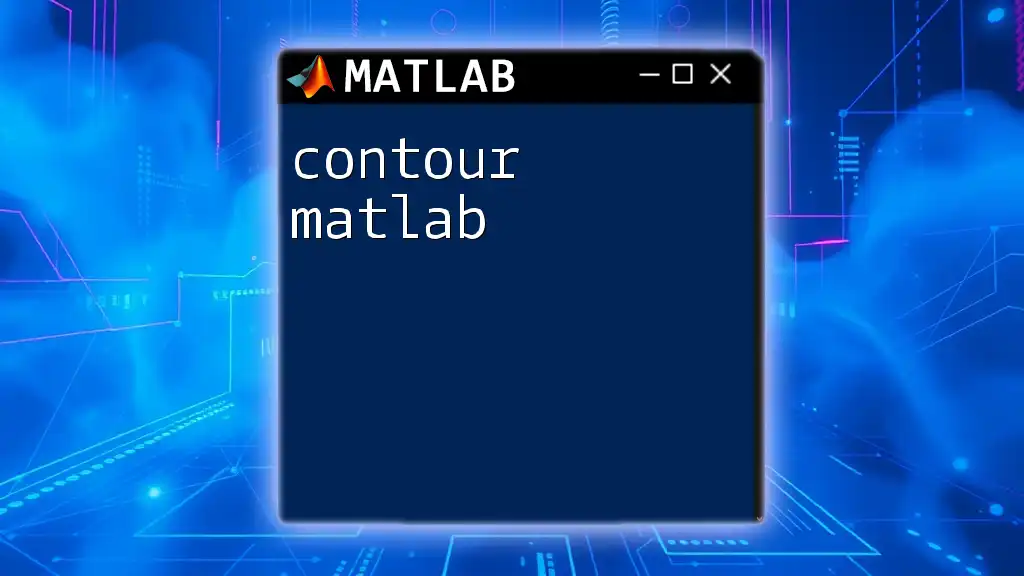
Working with Files in the Current Folder
Importing Data Files
Importing data files is straightforward when you understand how to reference your Current Folder. For instance, if you have a `.mat` file that you want to load, you can use the `load` command:
data = load('datafile.mat');
MATLAB supports various file formats, such as CSV, TXT, and Excel files, each with specific commands for importing data. Be sure to consult MATLAB’s documentation for guidelines on handling different data types effectively.
Saving Files to the Current Folder
Saving your work in the Current Folder is just as important as loading it. You can save variables using the `save` command. The syntax is as follows:
save('myData.mat', 'myVariable');
This command saves the variable `myVariable` in a file called `myData.mat` within your Current Folder. Remember that if a file with that name already exists, it will be overwritten unless specified otherwise.
File Paths and Their Importance
Understanding file paths is fundamental when working with the Current Folder. There are two main types of paths: relative paths and absolute paths.
- Relative Paths are specified in relation to the Current Folder. For example, if you have a file `data.txt` in a subfolder `data`, you could reference it as:
data = load('data/data.txt');
- Absolute Paths specify the full path from the root of the file system. Here’s what that might look like on a Windows system:
data = load('C:\Users\YourName\Documents\MATLAB\data\data.txt');
A convenient way to ensure cross-platform compatibility is to use the `fullfile` function. For example:
filepath = fullfile('data', 'myfile.txt');
This function generates the correct file path for the current operating system, minimizing errors related to paths.

Troubleshooting Common Issues in the Current Folder
Issues with Path Accessibility
Occasionally, you might experience problems where MATLAB cannot locate a file you’ve specified. In such cases, ensure that you are in the correct Current Folder. If your file is not found, consider using the `addpath` command to include other directories where MATLAB should look for files.
Handling File Overwrites
When saving files, it’s easy to accidentally overwrite existing versions. To avoid this, always check whether a file with the same name already exists in the Current Folder before executing a save command. You can use the `exist` function for this purpose. An example check could look like this:
if exist('myData.mat', 'file')
disp('File exists! Consider a different name.');
else
save('myData.mat', 'myVariable');
end
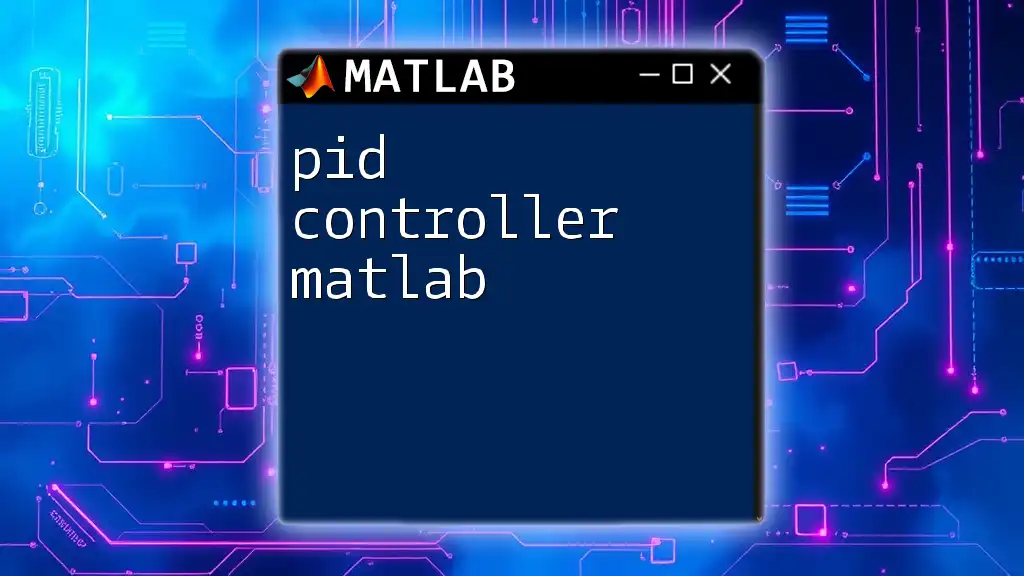
Conclusion
In summary, managing the Current Folder in MATLAB is a vital skill that enhances productivity and organization. By understanding how to navigate the Current Folder, import and save files, and maintain a structured file path system, you will significantly improve your coding workflow. Practice these commands and techniques to ensure you can work effectively within MATLAB's environment.
As you grow more comfortable with these functions, you'll find yourself navigating MATLAB with greater ease and confidence. Consider exploring additional resources or enrolling in a MATLAB command course to further deepen your understanding.

